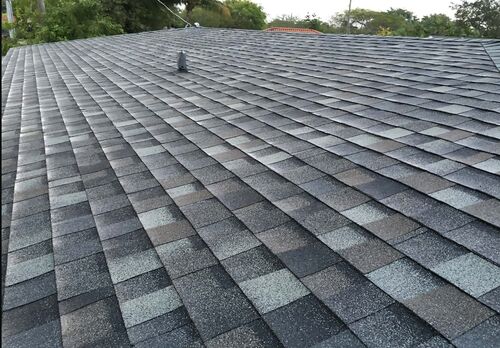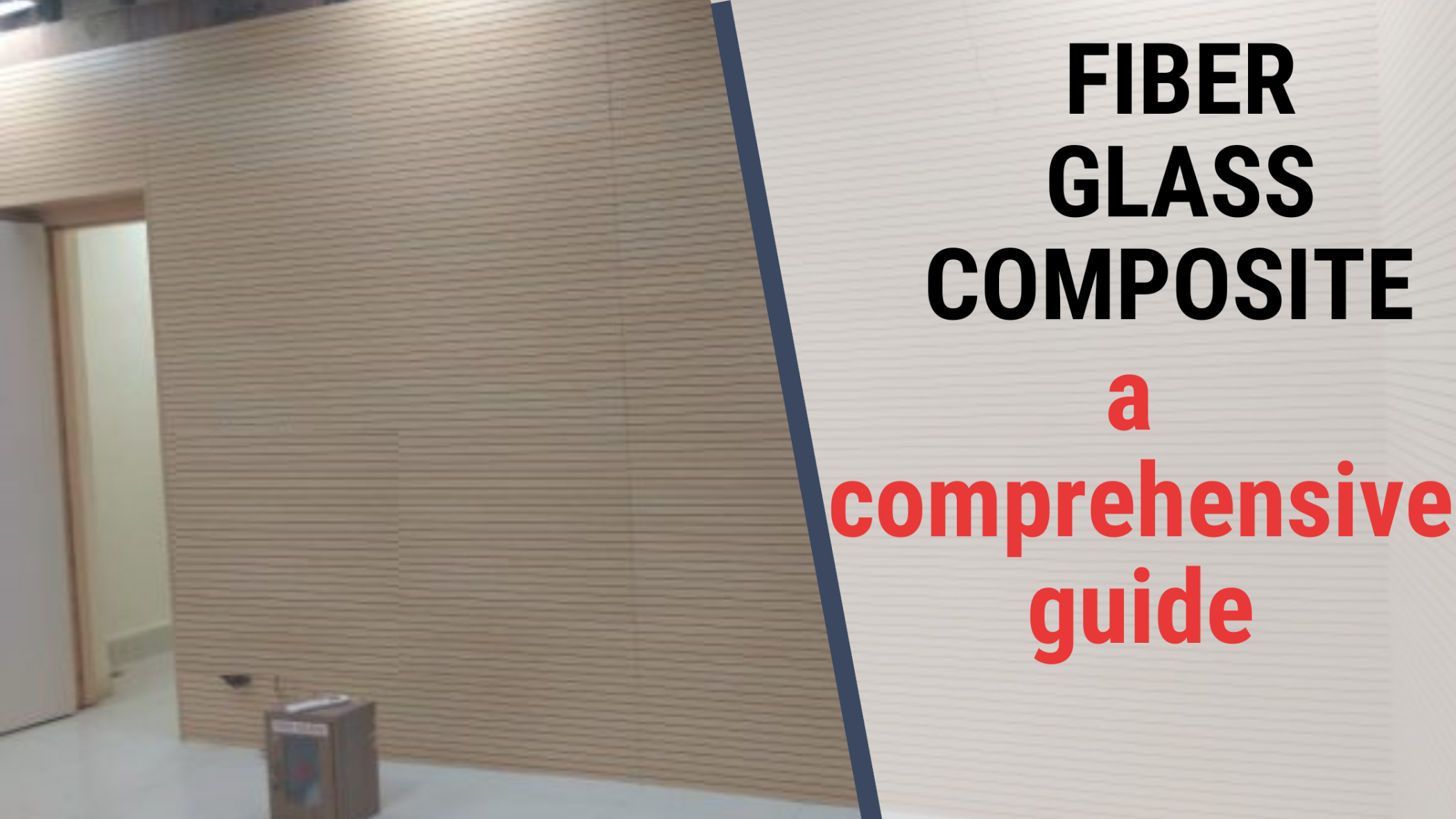In the world of modern construction, materials play a vital role in shaping the durability, efficiency, and aesthetics of a building. One such material that has gained popularity in recent years is Fibre Glass Composite (FGC). But before we dive into FGC, it’s important to understand what a composite is.
What is a Composite?
A composite is a material made by combining two or more different substances to create a new material with improved properties. These substances typically include a reinforcing material (like fibers) and a bonding agent or matrix (like resin). The resulting composite material is usually stronger, lighter, and more durable than its individual components. Other common types of composites used in construction include carbon fiber composites, which are extremely strong and lightweight, and concrete composites, where materials like steel rods or fibers are mixed with concrete to enhance its strength.
What is Fibre Glass Composite (FGC)?
Fibre Glass Composite, often referred to as FGC, is a material made by combining glass fibers with a polymer matrix. These glass fibers are woven together and then bonded with a resin to create a strong, lightweight material. The result is a composite that is both durable and resistant to various environmental factors, making it an excellent choice for construction purposes.
Uses of FGC in House Construction
FGC is used in various aspects of house construction, thanks to its versatility and strength. Here are some common applications:
- Roofing: FGC sheets are often used as roofing materials due to their lightweight nature and resistance to weather conditions. FGC roofing shingles are an aesthetic and affordable alternative to conventional roofing options.
- Doors and Windows: FGC is used to manufacture doors, window frames, and panels, providing a strong yet lightweight alternative to traditional materials like wood, aluminium and steel.
- Piping: FGC pipes are resistant to corrosion and are used in plumbing systems, especially in areas with harsh water conditions.
- Wall Cladding: FGC panels are used as cladding for exterior and interior walls, offering a modern, sleek finish.
- Insulation: The material’s thermal properties make it an excellent choice for insulation, helping to maintain a comfortable indoor temperature.
- FGC Rods and Rebars: FGC rods and rebars are increasingly being used as alternatives to steel reinforcement in concrete structures. These components offer significant advantages in terms of weight, corrosion resistance, and longevity, making them ideal for reinforcing concrete in various construction projects.

Advantages of FGC
FGC offers several benefits that make it a preferred choice in house construction:
- Lightweight: FGC is much lighter than traditional construction materials like steel or concrete, making it easier to handle and install.
- Durability: The material is resistant to corrosion, moisture, and UV rays, ensuring a long lifespan even in harsh environmental conditions.
- Strength: Despite its lightweight nature, FGC is incredibly strong and can withstand significant stress and impact. FGC rods and rebars, in particular, provide excellent reinforcement for concrete, ensuring the structural integrity of buildings.
- Low Maintenance: FGC requires minimal maintenance, reducing long-term upkeep costs.
- Thermal and Acoustic Insulation: FGC provides excellent thermal insulation, helping to keep homes cool in summer and warm in winter. It also offers soundproofing benefits, making it ideal for urban homes.
- Corrosion Resistance: FGC rods and rebars do not rust or corrode, unlike traditional steel, making them particularly useful in coastal areas or places with high humidity.
Disadvantages of FGC
While FGC has many advantages, it also has some downsides:
- Cost: FGC can be more expensive than traditional materials like wood or steel, particularly in the initial investment. FGC rods and rebars, although cost-effective in the long run, may have a higher upfront cost compared to steel.
- Limited Design Flexibility: While FGC is strong and durable, it may not offer the same flexibility in design and aesthetics as some other materials.
- Environmental Impact: The production of FGC involves the use of synthetic resins, which may not be as eco-friendly as natural materials.
Alternatives to FGC
If FGC doesn’t suit your needs or budget, there are several alternatives available:
- PVC (Polyvinyl Chloride): A popular alternative, PVC is lightweight, affordable, and easy to work with, though it may not offer the same strength as FGC.
- Aluminium: Aluminium is another strong, lightweight option, especially for doors, windows, and roofing. However, it may be more prone to denting and corrosion in certain environments.
- Wood: For those who prefer a more traditional look, wood remains a popular choice. It offers great design flexibility but requires regular maintenance and is susceptible to termites and moisture.
- Steel: Steel is known for its strength and durability but is heavier and more prone to corrosion than FGC, requiring treatments to prevent rust.
Conclusion
Fibre Glass Composite (FGC) is a strong and versatile material that’s becoming popular in house construction. It’s used in many ways, like roofing, doors, windows, and even for reinforcing concrete with FGC rods and rebars. Although it might be a bit more expensive than traditional materials, the benefits, like durability and low maintenance, often make it worth the investment. However, it’s important to weigh the pros and cons and consider other options to choose the best material for your home.
